Q&A: The obvious choice between surgery and PT


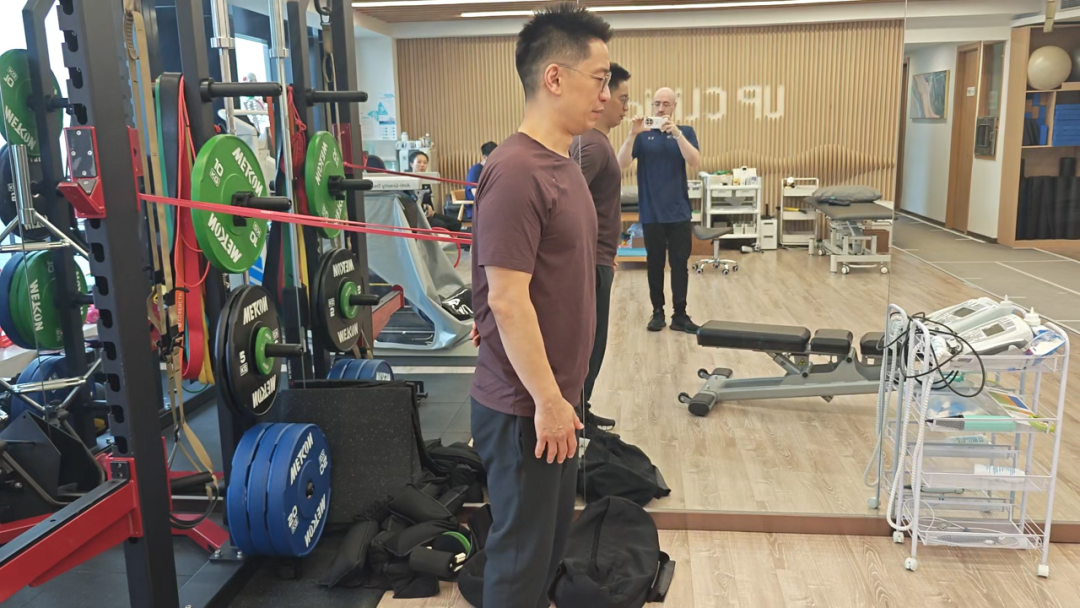
Rowland is, in his words, ‘a big fan’ of UP Clinic, and more specifically his physical therapist Amari, and team. He came into UP after getting a rotator cuff tear in his left shoulder. The thing is, he had already had one in his right shoulder, and gotten surgery on that side. He was adamant about not wanting to go through that process again.

Author / Lauren PT / Amari
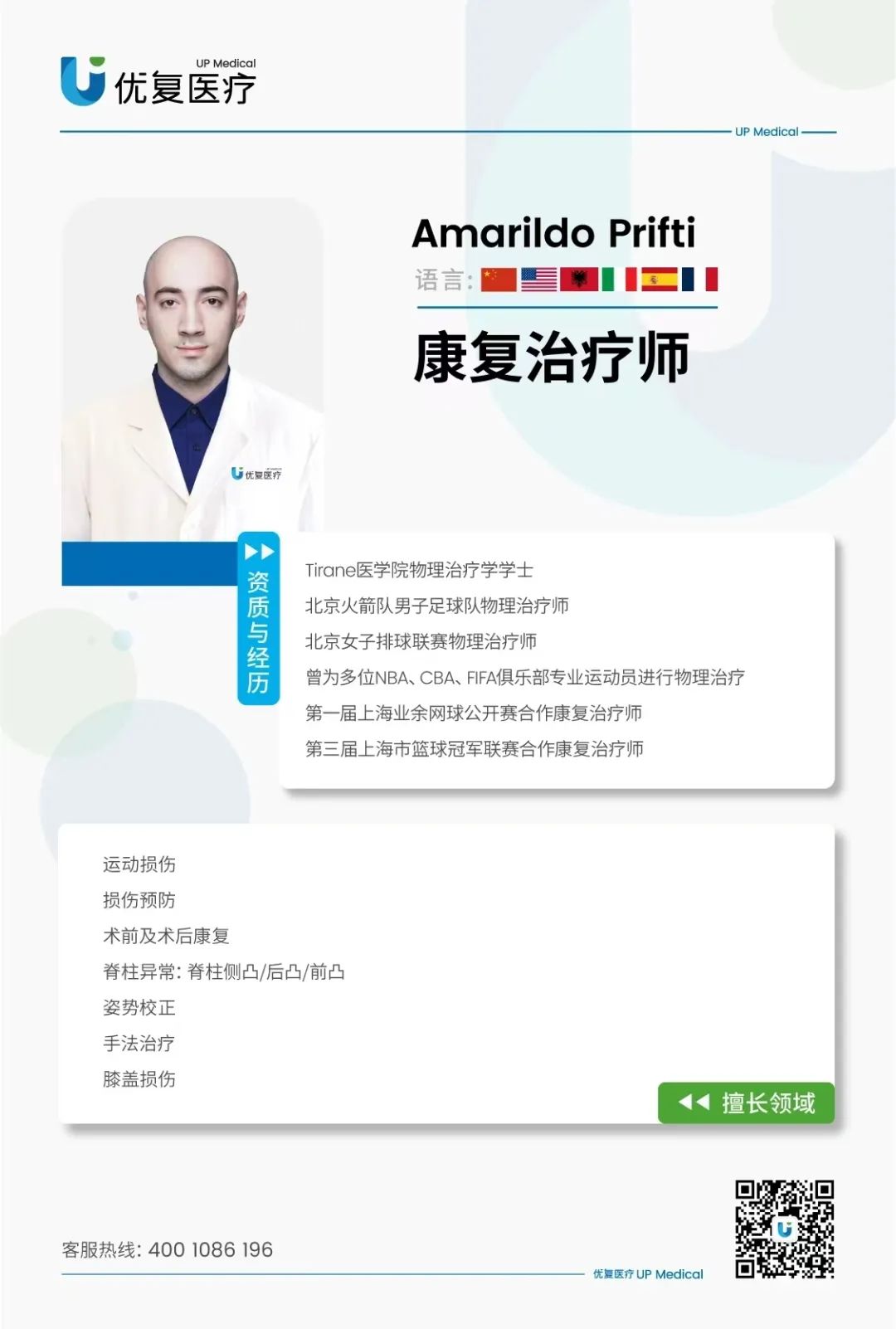
UP Medical
“I had a rotator cuff tear on my right side. The doctor looked at it and basically said this is a combination of ‘you’re an old man and exercising. You’re likely to get it again too on your left side.’ [At that time] I went to a couple doctors, they all said I had to operate on it. The experience was terrible; it was the worst thing in the world. It wasn’t even an old school surgery – it was an orthoscopic surgery meaning that they had to repair through small holes, not a big wound, but even then, it sucked. Then, after that you have to go through all this PT, but the whole experience, it’s just traumatic.”
Much as the first doctor predicted, a few years later, he had the same injury on his left shoulder. He went to the same doctor who said, once again, it needed surgery.
“I said, this time, I’m going to try physical therapy first.”
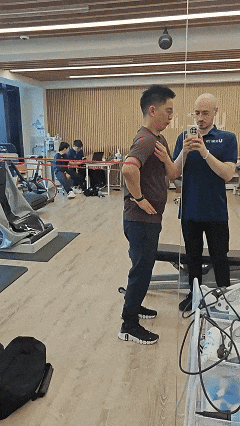
So, the doctor recommended Amari, who understood the problem. His approach was to build up the muscles around the injury so surgery wasn’t needed. The wound wouldn’t necessarily ‘heal’, but the muscles would be strong enough so it wasn’t an issue.
Now, nine months later, Rowland moves without even thinking about pain.
“I was very diligent with my exercises. At the beginning I couldn’t raise up my arm; I couldn’t roll my shoulders back. Now, I don’t even think about my arm anymore – it doesn’t even hurt. To me it’s just amazing, it’s like magic. And the reason is because I know what the alternative is. And not having to do that and getting to the same result through physical therapy is crazy.”
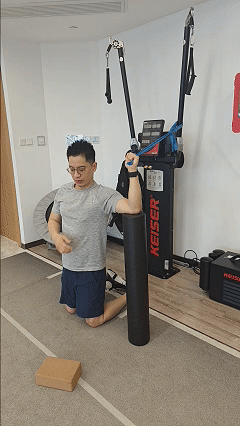
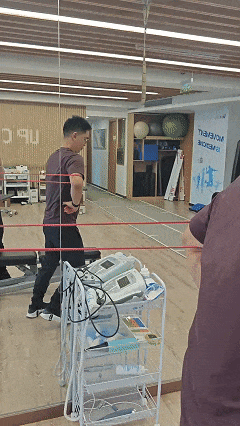
What an amazing journey – how did you go from being in such pain with small movements to now, not even thinking twice?
Basically step by step we addressed the issues that were causing pain, we addressed those and built it up to get better.
One thing I would say is I was super diligent. I didn’t flake. I did the exercises the point of being painful, which Amari said is what I needed to do. He also gives me some credit, because I did the work. The point is, the stuff he said, if I did it, it worked. It was very, scientifically focused knowledge.
When you first came to UP, you were in pain, but knew that you had to at least try something different before surgery. What made you have the confidence that this approach would work?
First, the doctor recommended Amari; he said ‘this guys good’, so that gave me confidence. But, when I met Amari, it was also obvious by the way he approached my problem and his body knowledge. It was obvious he knew what he was doing. It wasn’t a case of let’s move your shoulder around and see what happens. It was very precise, focused, repeated movements. All our exercises had a specific goal. He had a series of focused movements and exercises and when you see that you realize you know what this guy is doing. What he said was going to happen, happened.
If I told him ‘ this hurts’, he’d be like okay, that’s because this joint is doing this thing, and that muscle is doing this thing. It was obvious that he knew what the problem was and that makes you feel better because he just showed me knew what he was talking about and created a plan from that.
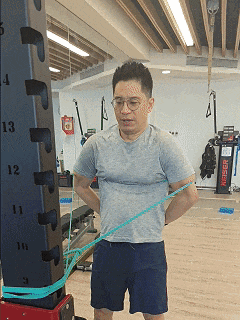
The ‘magic’ as you said, doesn’t happen overnight. About how many months did it take until you started to notice a difference?
About 2 months in I started to feel my range of motion; I could move better.
But I also had to do the exercises. Basically Amari said, what’s the only way to build up muscles? By doing the work – you, yourself, have to build them up. He can’t do that for me. If you don’t do your homework nothing’s going to happen.
There’s definitely a clear progression of people who do their homework and have sucess. What was the most difficult park for you?
The start. It was really painful just to do anything, even rudimentary exercises hurt.
I’m an active person. I work out a lot. My first injury on my other side – I was snowboarding and someone smashed into me. I’ve been lifting weights a long time so this time, it was part of the wear and tear, which caused the injury. But the good thing is I’m used to doing this stuff so I had muscles that were in decent shape – I didn’t have to start from 0 and I think that helps.
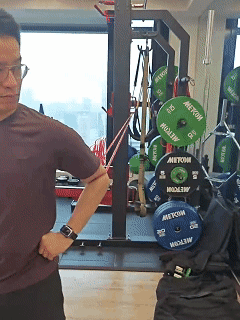
Plus you had the mindset of regular practice! Was there a moment when everything just started to click?
There was one day when I realized I hadn’t thought about my arm for a while. In your daily life, you try to do everything to not make it hurt. One day I realized that I hadn’t even thought about it anymore. It had receded from my memory. It was a gradual thing and then one day I just realized I stopped worrying about it. You know how you flinch if you think something is going to hurt? I stopped flinching, I just did stuff as normal.
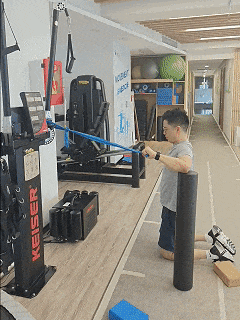
And now, nine months down the road, have you returned to your normal exercise routine?
Yes, and I’ve also incorporated maintenance exercises that he gave me. The injury itself hasn’t healed; it’s still there, but I’ve built up the muscles around the area so I don’t have pain. That said, I’ve got to keep up these exercises, which is fine.
At the start it took at least half an hour to do the exercises, about 4-5 times a week. But now, I do them for about 10 minutes because it’s more maintenance, and just about 1-2 times a week.
You’ve got to make it a habit. It’s just like when you stretch before you go running – it’s just something you do, you don’t think about it, you just build the habit.
What a journey. We’re very happy for you and the progress and success you’ve made. Is there anything else you’d like to add for someone considering physical therapy versus surgery or who’s already in the process of PT?
My main thing is that it’s just amazing. And the alternative, either remaining with a painful shoulder or going for surgery, is much much worse. Physical therapy a really good thing to have available. If my shoulder had stayed like that – I wouldn’t be able to function. And if I had gotten surgery (again) it would just be so bad. I even got kind of irritated, thinking why did I get surgery on the first side? But you don’t know what you don’t know. Physical therapy is a way to escape all of that pain, billing, trauma, etc. But you do have to actually do the exercises and the work, or else you’re not going to go anywhere.
Some people don’t do the exercises and they blame the therapists, but if you don’t do the work yourself of course it’s not going to get better. You have to approach the therapy with discipline and diligence, but doing the work is way better than the alternative.

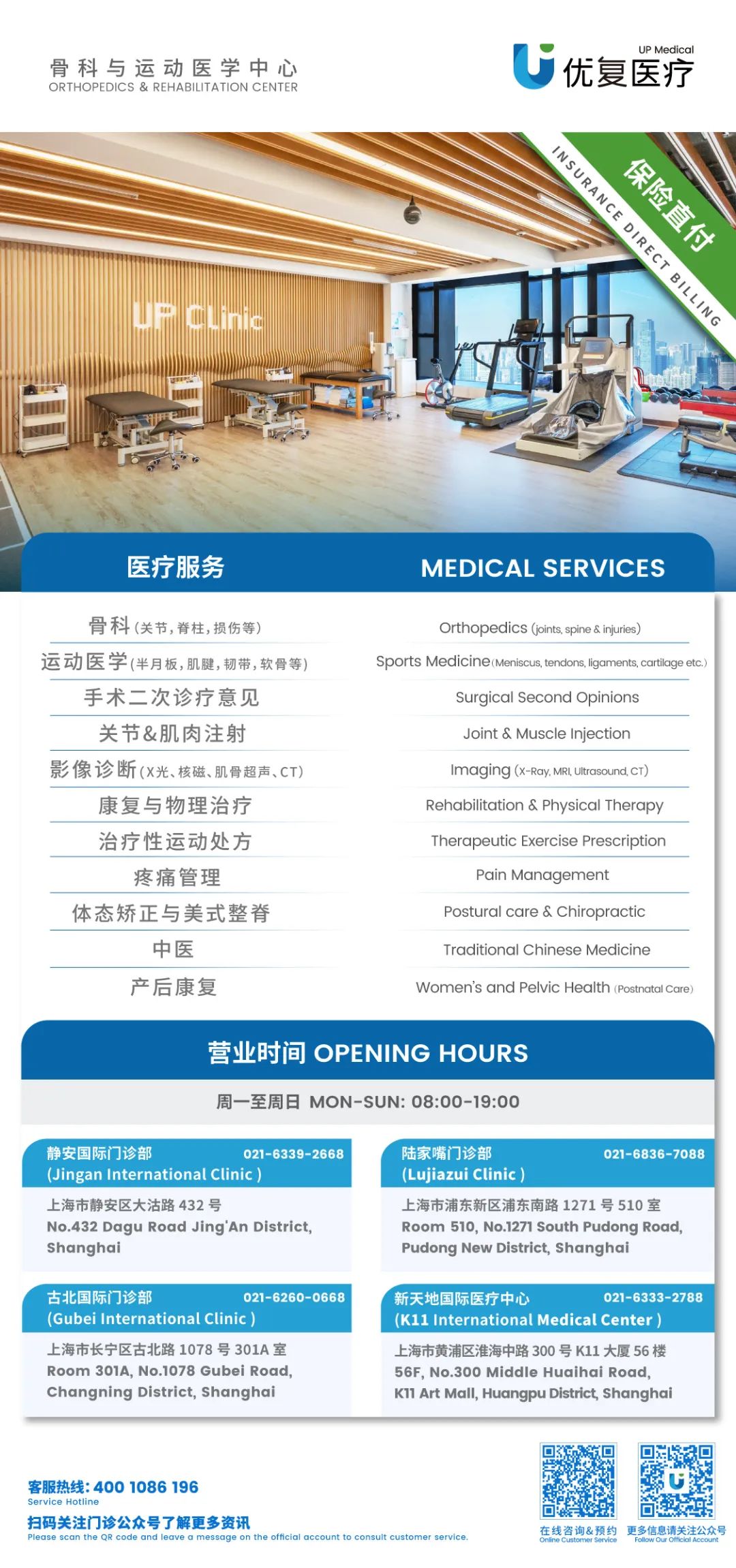
本篇文章來源于微信公衆号: 上海優複康複醫學門診部

